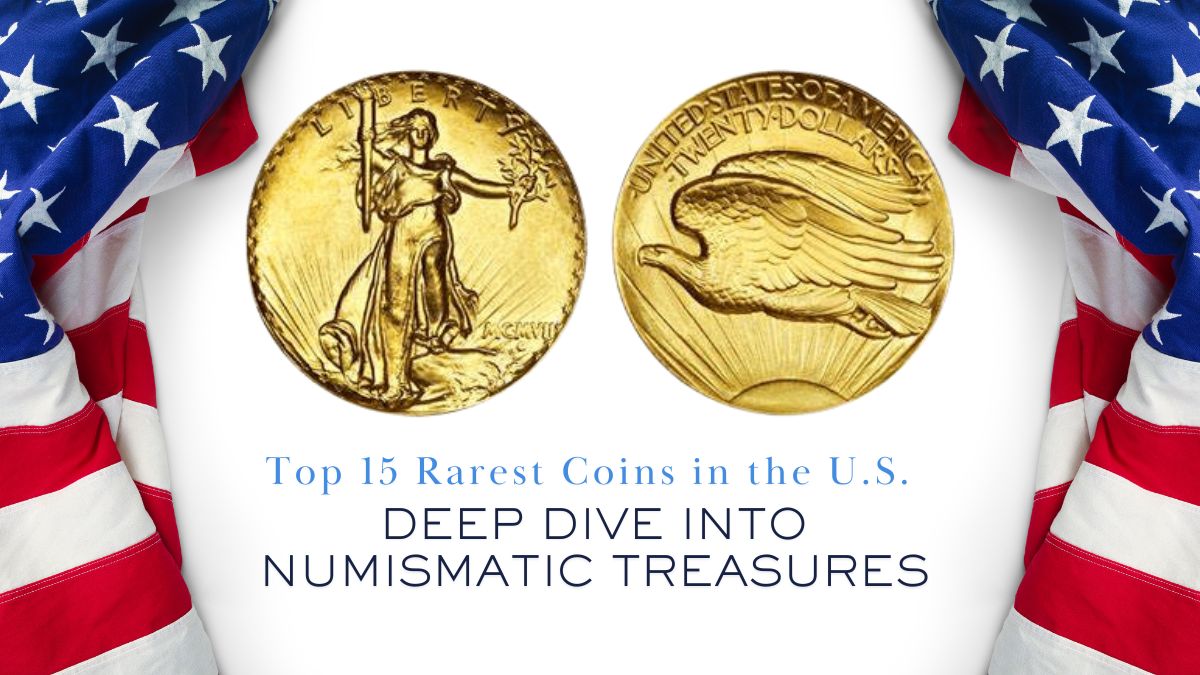CMS College (Rarest Coins in US History). Coins hold more than monetary value; they serve as tangible connections to the past. The United States has a rich numismatic history, with certain coins becoming prized relics for collectors and historians. Below, we explore 15 of the most iconic and historically significant U.S. coins, delving into their stories and legacies.
1792 Half Disme
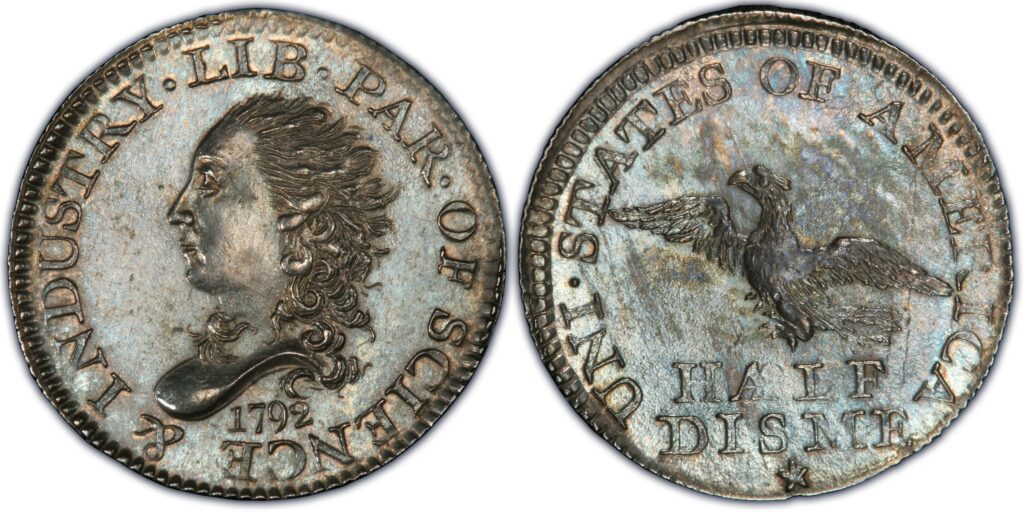
Often regarded as the first coin struck by the U.S. Mint, the 1792 Half Disme (pronounced “deem”) has a special place in American numismatic history. Legend has it that the silver used for these coins was donated by Martha Washington, and they were personally authorized by George Washington. Approximately 1,500 pieces were minted, serving as a precursor to the circulating dimes issued later. Its rarity and connection to the nation’s early days make it highly coveted.
1804 Silver Dollar (“The King of American Coins”)
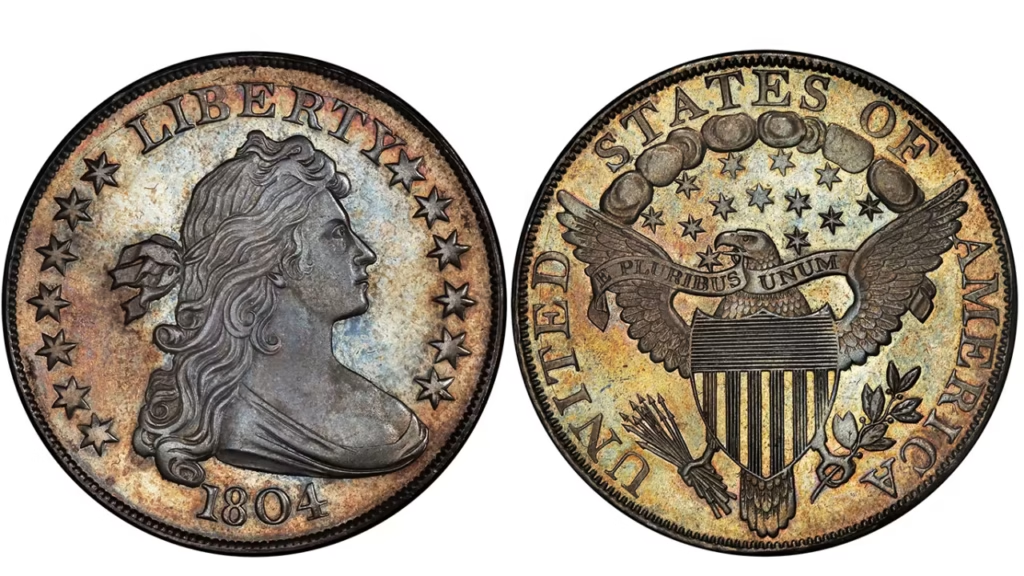
The 1804 Silver Dollar earned its nickname due to its legendary status among collectors. Interestingly, none were struck in 1804 but were instead minted in the 1830s as diplomatic gifts. Only 15 specimens are known to exist today, divided into “Class I,” “Class II,” and “Class III” categories. These coins represent a blend of rarity, intrigue, and prestige in the world of numismatics.
1907 Saint-Gaudens Double Eagle ($20 Gold Coin)
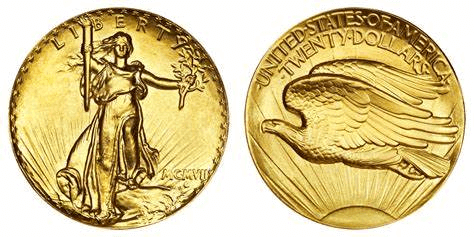
Designed by Augustus Saint-Gaudens, this coin is widely recognized as one of the most beautiful ever produced. Its intricate design, featuring Lady Liberty striding forward with a torch and an olive branch, set a new standard for artistry in coinage. The 1907 issue, especially the ultra-high-relief variety, is highly sought after due to its aesthetic appeal and historical significance.
1933 Saint-Gaudens Double Eagle
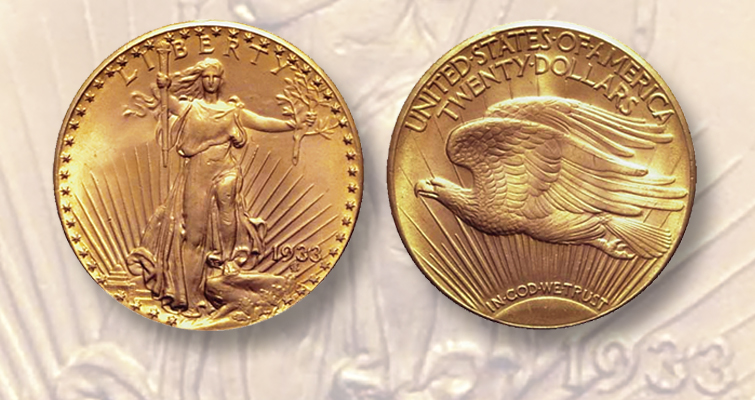
The 1933 Double Eagle is one of the rarest coins in U.S. history. Although over 400,000 were minted, none were legally circulated due to the U.S. abandoning the gold standard. Most were melted down, with only a handful surviving—including one that sold at auction for over $7 million. This coin symbolizes the end of gold circulation in the United States.
1776 Continental Currency Dollar
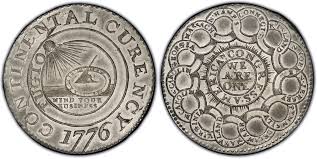
Struck during the American Revolution, the Continental Currency Dollar is a mystery-laden piece thought to have been designed by Benjamin Franklin. Its inscriptions, including “Mind Your Business” and “We Are One,” reflect the revolutionary spirit. Made of pewter, brass, and silver, these coins were prototypes for a national currency but never achieved mass production.
1794 Flowing Hair Silver Dollar ($10 million)
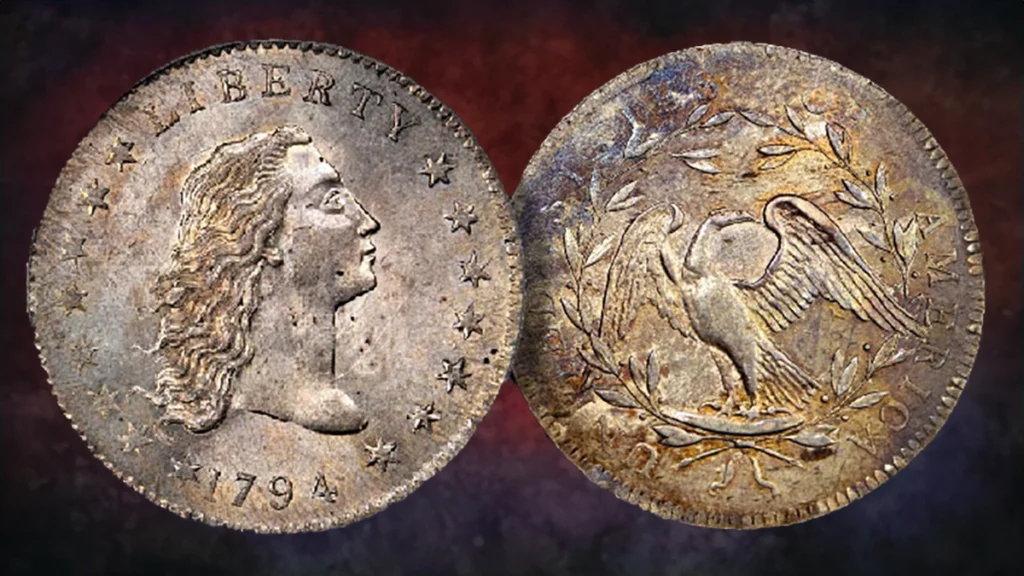
As the first official silver dollar minted in the U.S., the 1794 Flowing Hair Silver Dollar represents a significant milestone in American coinage. Its design features Lady Liberty with flowing hair on the obverse and an eagle surrounded by a wreath on the reverse. Only about 1,758 were struck, making surviving specimens exceptionally rare and valuable.
1870-S Liberty Seated Dollar
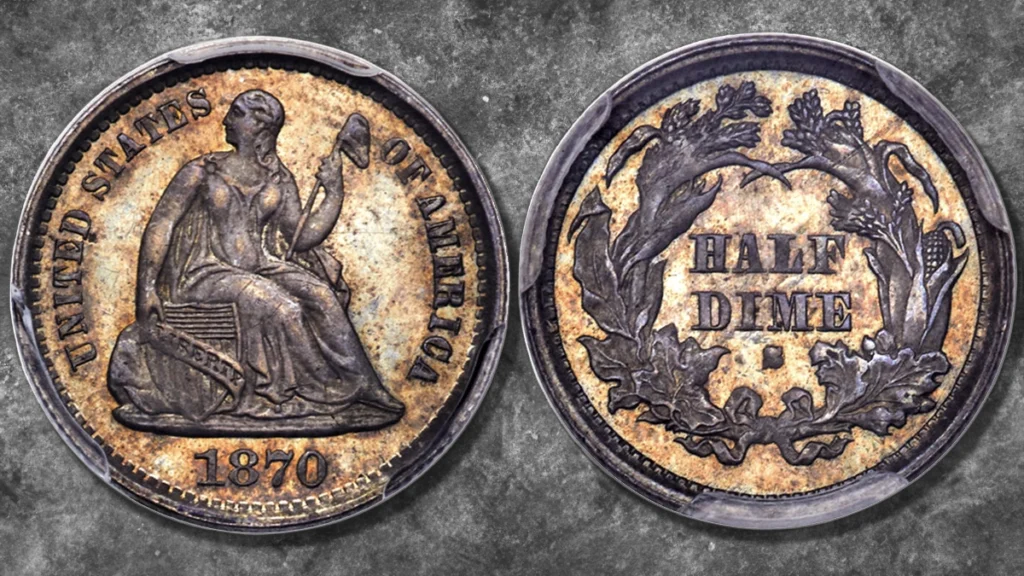
The 1870-S Liberty Seated Dollar is legendary for its extreme rarity, with only about a dozen known to exist. The “S” mintmark indicates production at the San Francisco Mint, and some believe these coins were made specifically for a cornerstone ceremony. Its mystique and limited numbers make it one of the most desirable coins among collectors.
1913 Liberty Head Nickel ($4 million)
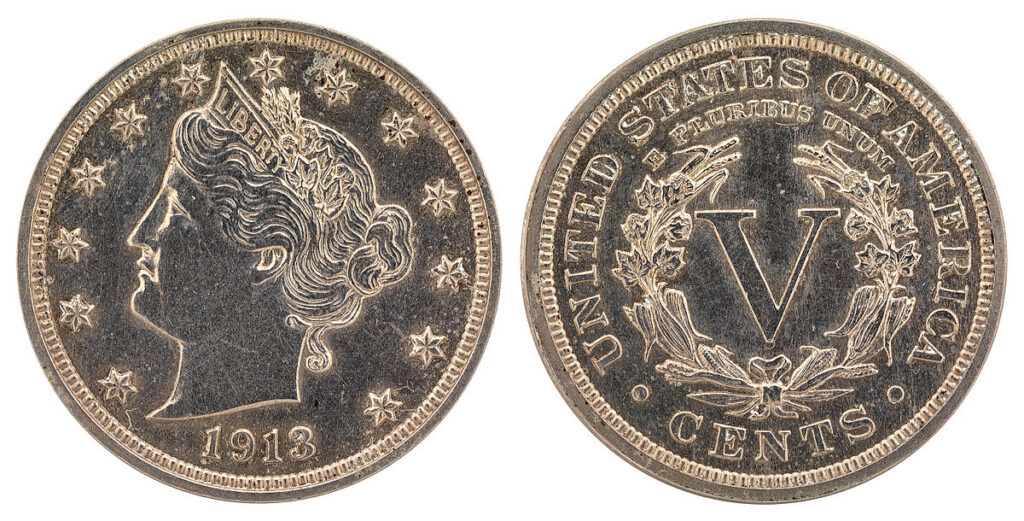
The 1913 Liberty Head Nickel is shrouded in intrigue. It was not part of the official minting schedule, and only five examples were struck under mysterious circumstances. Its rarity and the stories surrounding its creation have turned it into one of the most famous coins in U.S. history. One specimen sold for over $4 million.
1792 Birch Cent
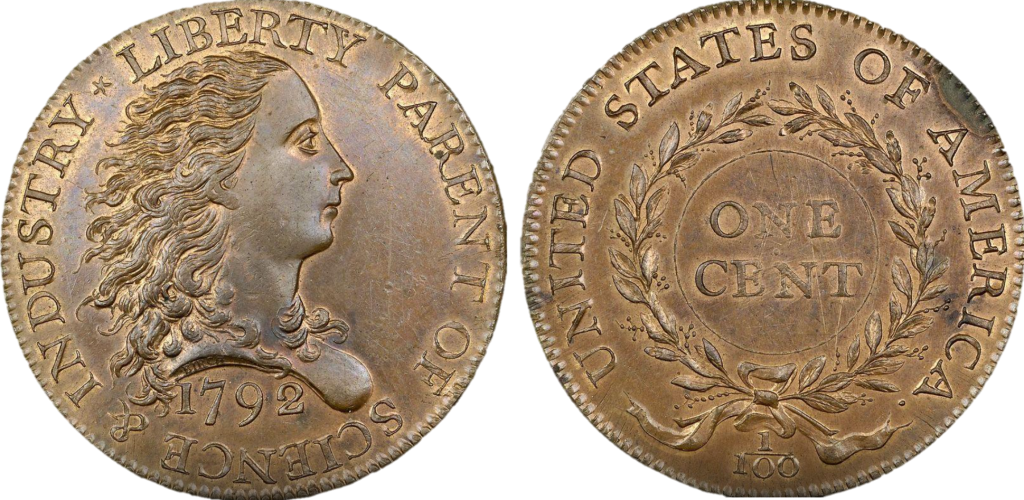
Named after its engraver, Robert Birch, the 1792 Birch Cent is one of the earliest experimental coins produced for the United States. Its design features a portrait of Liberty and the motto “Liberty Parent of Science & Industry.” With only a handful surviving, this coin offers a glimpse into the nation’s numismatic infancy.
1856 Flying Eagle Cent
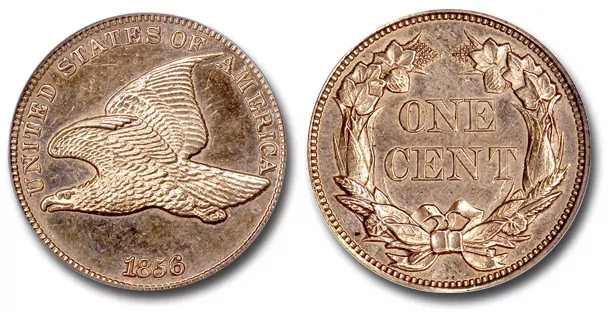
The 1856 Flying Eagle Cent was introduced as a prototype for the small-sized cents that replaced larger, cumbersome copper coins. Its detailed eagle design set it apart from its predecessors. Despite its initial status as a trial piece, the coin became highly sought after due to its limited production and historical importance.
1861 Confederate Half Dollar
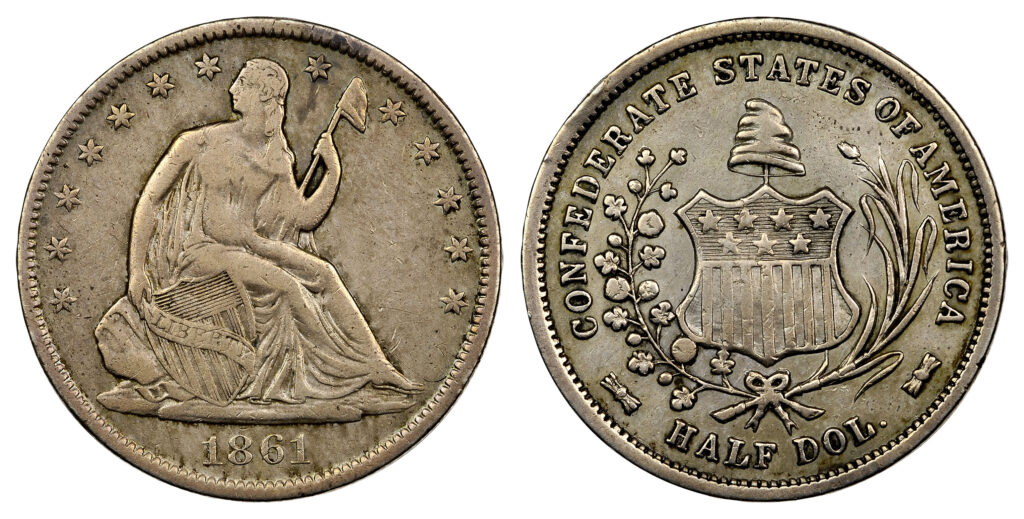
Minted during the Civil War, the 1861 Confederate Half Dollar is a fascinating relic of the Confederacy’s attempt to create its own currency. Only four originals were struck, making them exceedingly rare. The coin’s history is intertwined with one of the most turbulent periods in American history.
1893-S Morgan Silver Dollar
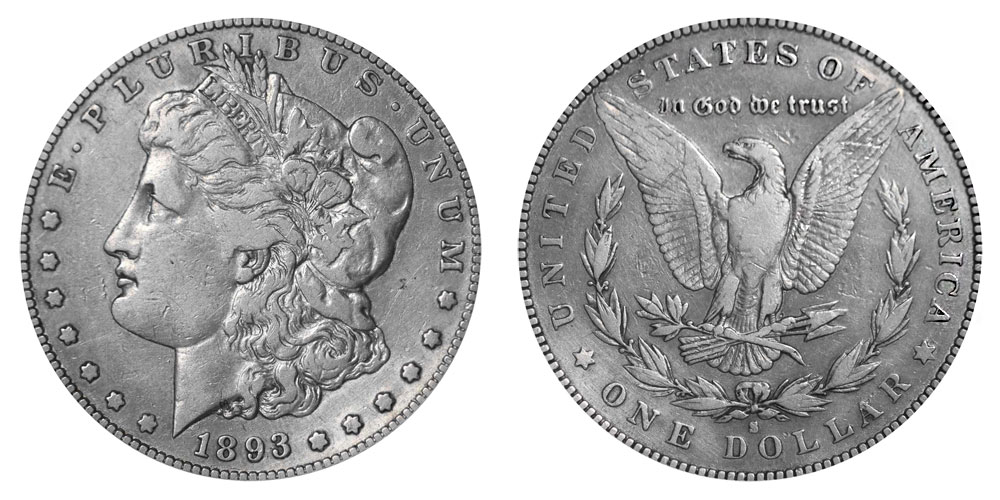
The Morgan Silver Dollar series is beloved among collectors, and the 1893-S is its rarest and most valuable member. With only 100,000 coins minted in San Francisco, its scarcity has turned it into a prized possession. Collectors consider it a key coin in completing a Morgan Dollar set.
1808 Draped Bust Half Cent
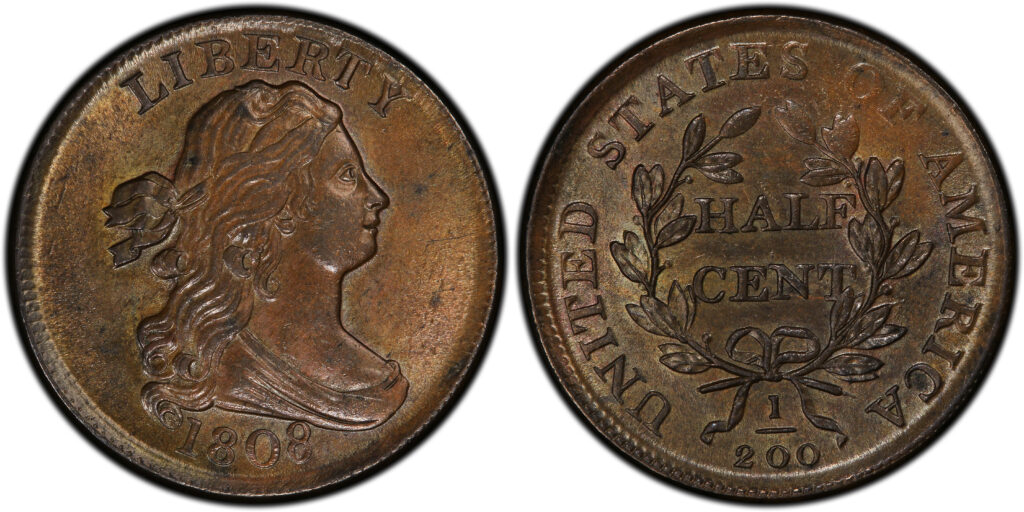
Produced for just one year, the 1808 Draped Bust Half Cent stands out as a rare and unique piece in U.S. coinage. Its short production run and limited surviving examples make it an important coin for those studying early American numismatics.
1916 Standing Liberty Quarter
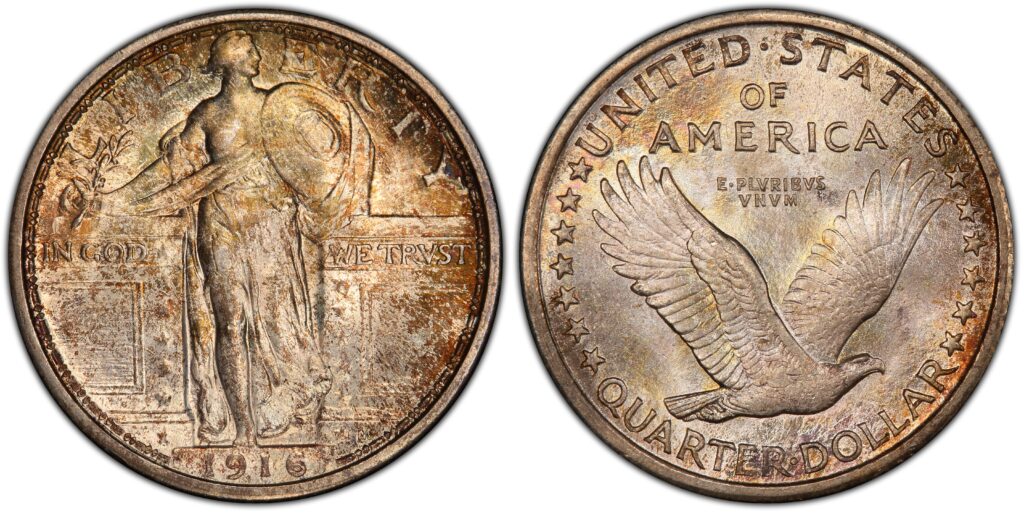
The 1916 Standing Liberty Quarter marked the debut of a new, bold design featuring Lady Liberty holding a shield and olive branch. With only 52,000 coins minted, the first year’s issue is particularly rare. Its artistic and historical significance has earned it a special place in collectors’ hearts.
1879 Stella ($4 Gold Coin)
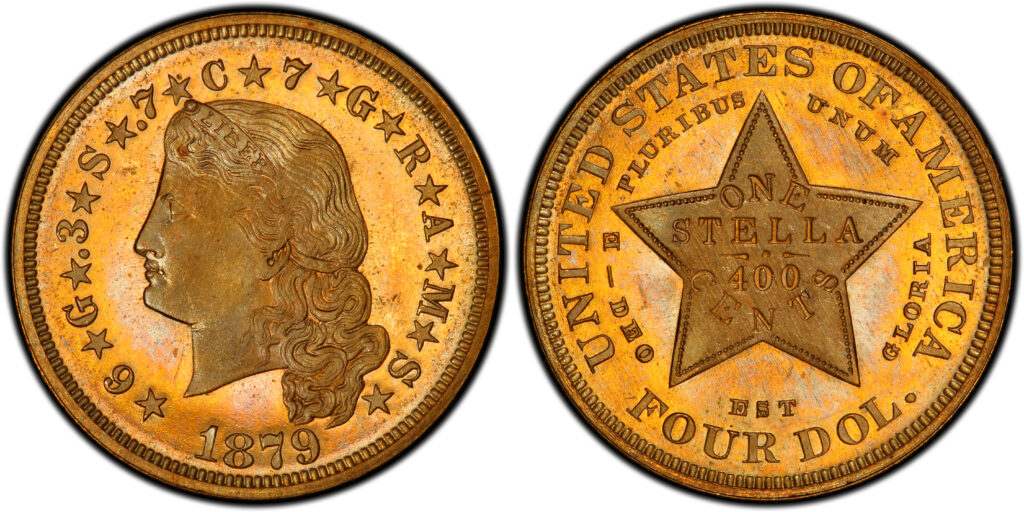
The Stella, or $4 Gold Coin, was a pattern coin intended for international trade. Designed by George T. Morgan, its elegant design and experimental nature have made it a favorite among collectors. Only a few hundred were minted, and their rarity ensures continued interest.
Conclusion
The historic coins of the United States tell the story of a nation’s evolution—from its earliest experiments in creating a currency to its artistic triumphs in coin design. Each of these 15 coins represents a unique chapter in the history of American money, offering insights into the people, events, and decisions that shaped the country. Whether valued for their rarity, artistic beauty, or historical significance, these coins remain timeless treasures that captivate collectors and historians alike.
